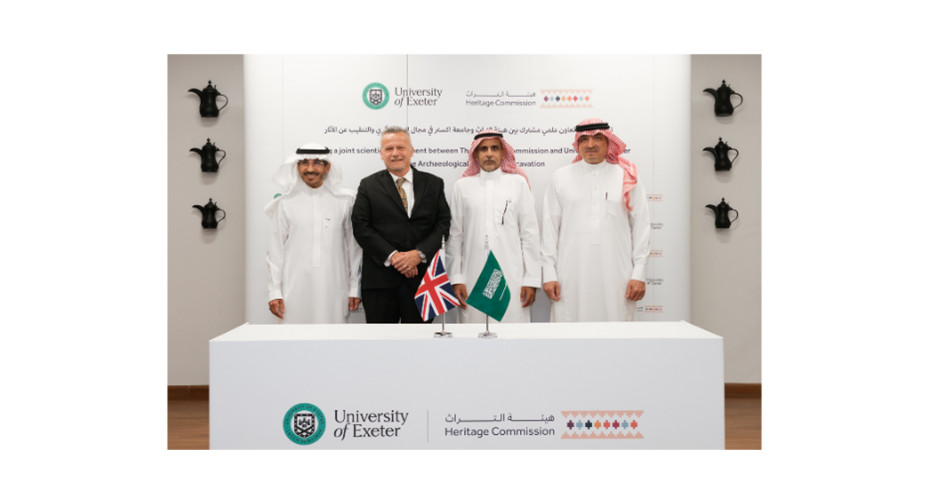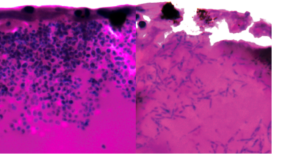Major new archaeological excavations to trace early Islamic history in Saudi Arabia

Professor Timothy Insoll, from the University of Exeter’s Institute of Arab and Islamic Studies, will be working with Dr Ajab Al-Otaibi from the Saudi Heritage Commission and Professor Abdullah Alkadi. The work is funded by Mr Anas Serafi of the Al-Medad Foundation and the Saudi Heritage Commission
Major new work by an international team of archaeologists will shed new light on early Islamic history in Saudi Arabia.
Experts will investigate previously neglected sites along the Hejaz Hajj Route between Makkah and Madinah which are of significant importance for understanding the history of the region.
The excavations will allow them to assess if the section of the route between Al-Musarawf and Al-Mushallal was abandoned after the 3rd century AH/9th century AD, and to assess sites that may have been on part of the Hijrah route used by Prophet Muhammad in 1AH/622 AD.
Archaeologists will examine archaeobotanical and faunal materials to assess environmental change over time. They will record and preserve finds so the sites could become heritage attractions in future.
Professor Timothy Insoll, from the University of Exeter’s Institute of Arab and Islamic Studies, will be working with Dr Ajab Al-Otaibi from the Saudi Heritage Commission and Professor Abdullah Alkadi. The work is funded by Mr Anas Serafi of the Al-Medad Foundation and the Saudi Heritage Commission.
Professor Alkadi’s previous ground-breaking research has identified a series of 55 milestones which appear to demarcate an ancient caravan and later Hajj route that survive in sections between the cities of Makkah and Madinah.
Preliminary archaeological survey and test excavations completed by Professor Insoll and Professor Alkadi and colleagues from the Saudi Heritage Commission and the Ministry of Culture Jeddah Office indicates the immense potential of many of the sites associated with the milestones. These sites have not been investigated except for very brief mentions in short reports.
The Saudi-UK research project will take place over four years and will involve experts investigating, mapping and excavating four sites. This will allow them to reconstruct the chronology of the sites through radiocarbon dating and studying artifacts.
At Thaniyyah Lift an extensive stone building remains and there is a stone-built mosque with associations with Prophet Muhammad.
At Al-Juḥfa there is an extensive settlement with stone-built structures and with significant surface scatters of ceramics.
At Al-Baydhah there are remains of a stone-built mosque and graves, some probably pre-Islamic and structural remains from huts and tent enclosures.
At Al-Rawha there is a large settlement with extensive nineteenth and early twentieth century stone houses, a cemetery, and mosque again with associations with Prophet Muhammad.



